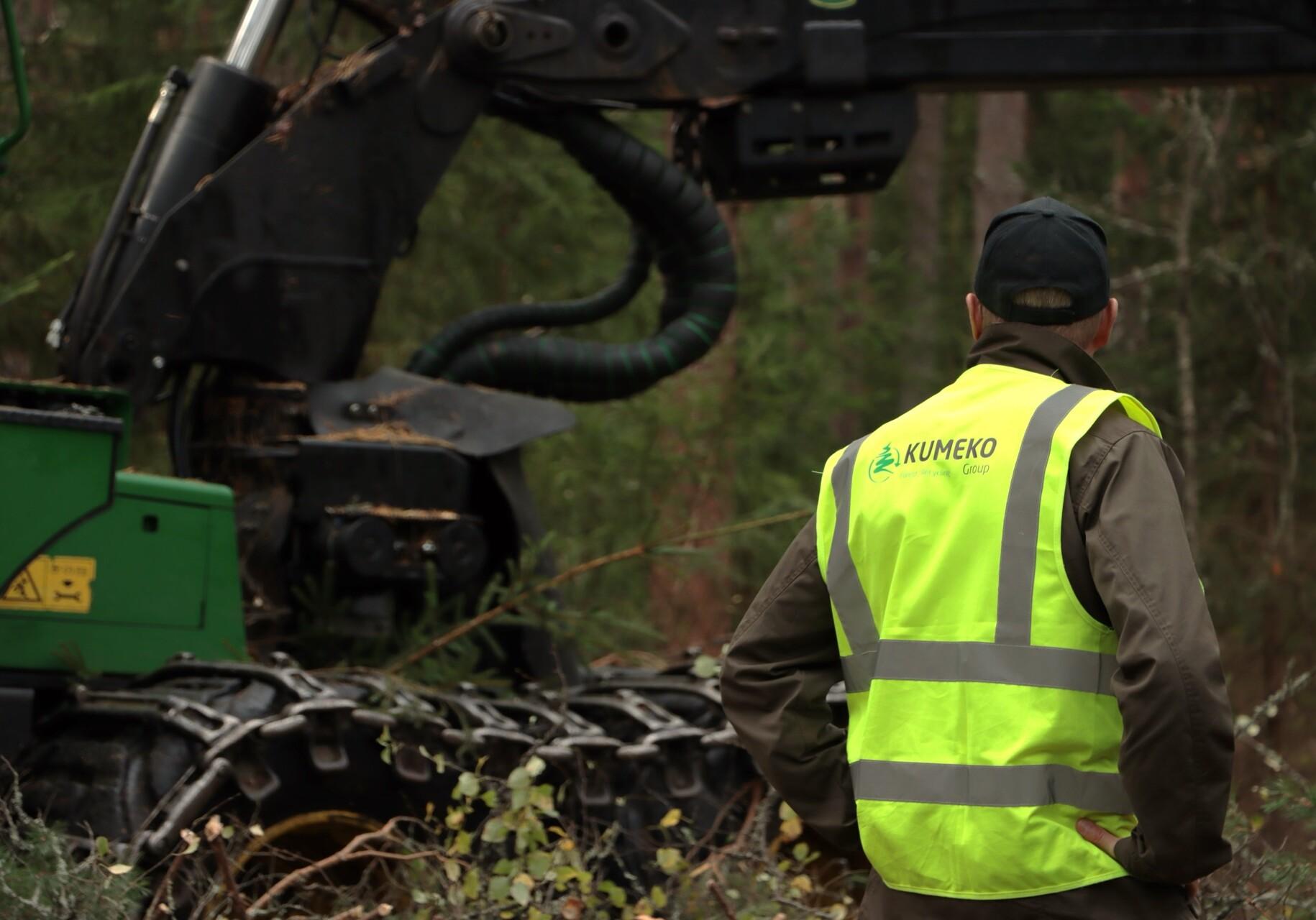Felling methods
At KUMEKO Group, we listen to the wishes of the forest owner. Our forestry experts are here to ensure that the end result meets your needs.

First thinning
First thinning is a silvicultural operation where trees in poor condition are removed. This will help to improve the growing conditions and quality of the remaining stands of trees. The aim is to accelerate the growth, thickening and strengthening of the remaining stands. Trees felled during the first thinning are usually used as fuel wood.
Improvement felling
Thinning or improvement felling is carried out 15–25 years after the first thinning, when the average diameter of the stand is at least 16 centimetres. The aim is to improve the growing conditions of the remaining trees by removing part of the stand. Thinning yields both pulpwood and logs. Increasing the growing room promotes the growth of the most economically valuable trees. Thinning is also often seen as quality thinning.
Regeneration felling
Regeneration felling is the final stage of growing a stand, where most of the trees are felled and replaced by a seeding stand. Regeneration felling is used in areas that are ready to regenerate and where further cultivation is no longer necessary.
Regeneration felling can be carried out in different ways, removing old stands while preserving the environment and landscape.
Each felling method has its own specific applications and benefits. Our forestry experts are here to help you choose the right felling method for your forest.
